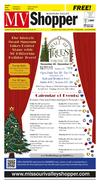102219_YKMV_A2.pdf








October 22, 2019 • Page 2
shop online at www.missourivalleyshopper.com
Dave Says
How Can I Help My Mom?
Dear Dave,
What’s the best way to talk to a
parent, and tell them their career
or financial choices aren’t working
out? My mom and dad divorced a
few years ago, and now my mom
is having money problems. She
bought some rental properties
after the divorce with the idea becoming a landlord and generating
income that way. Since then, she
has lost the properties to foreclosure and isn’t making a lot of
Dave
money in her new job. I’m worried
about her, but I just graduated from
college, and I’m afraid she won’t
listen to me.
Renee
RAMSEY
Dear Renee,
You’ve got a great heart, and I’m glad you love your
mom enough to want to help her. Divorce is never an
easy thing for anyone involved.
I’m guessing you’ve heard sayings at some point in
your life about how winners never quit, and quitters
never win. Those statements aren’t always completely
true. Successful people quit doing things that aren’t
working all the time. This doesn’t have to mean you give
up on a dream. It might mean you change the processes
and methods you’re using—especially if what you’ve
done in the past hasn’t worked out well.
Part of being successful in life, and in business, is having the ability to recognize when something isn’t working
and make changes. You sound like an intelligent, caring
young woman. But honestly, there’s probably not much
chance someone fresh-out-of-college will have a lot of influence with her mother when it comes to things like this.
It might be a good idea if she talked to one of her
friends or relatives a little closer to her own age. I mean
someone with a little more life experience. If she’s in a
good church, she could even talk to her pastor. In the
meantime, maybe you could talk to someone like this
and explain what your mom is going through. Ask them
to approach her, and see if she’ll listen and be willing to
accept some new ideas.
You’re a good daughter, Renee. Show your mom all
the love and support you can. It sounds like she needs it
right now.
—Dave
* Dave Ramsey is America’s trusted voice on money and
business, and CEO of Ramsey Solutions. He has authored seven
best-selling books, including The Total Money Makeover. The
Dave Ramsey Show is heard by more than 12 million listeners
each week on 575 radio stations and multiple digital platforms.
Follow Dave on Twitter at @DaveRamsey and on the web at
daveramsey.com.
Imaging With a Little
Help From My Friends
By Richard P. Holm, MD
The world of radiology began in 1895 when a European
physicist Wilhelm Röntgen
noticed fluorescence behind
heavy cardboard when a cathode tube was activated nearby.
Röntgen used his wife’s hand
to demonstrate for the first
time how these unknown rays,
or X-rays, could penetrate the
soft tissue of a hand and illustrate the bones that lay within.
Röntgen generously refused to patent his discovery
which allowed the explosive growth and development of
a new industry.
Unfortunately, the first researchers were unaware of
the dangers of too much X-ray exposure and, during the
early years, harm was done even causing death to some
experimenters before safeguards were established. Over
time, as technology advanced and more X-rays were being utilized in medicine, interpreting the images became
a more difficult challenge and the field of radiology developed. Physicians trained in X-ray INTERPRETATION
helped other physicians make better clinical decisions.
I was a first-year resident at Emory University
Hospital in Atlanta in the fall of 1975 when the hospital
purchased one of the earliest computerized tomography
(CT) scanners. It was called an EMI scanner named after
the British company, Electric and Music Industries, that
took the financial risk for developing the technology.
Years earlier, EMI had signed with the Beatles as their
recording company. Having amassed a fortune from the
exponential rise of Beatles popularity, EMI was able to
fund the theoretical work of Godfrey Hounsfield. His invention took X-rays of the head from all directions while
a computer compiled the results. “With a little help from
his friends” at EMI, Hounsfield’s brainchild happened.
I was rotating through neurology when the results
of the EMI scans started making an impact. We were
amazed how they showed tumors, blood clots and lesions inside the skull. We thought it was going to change
everything, and indeed it did!
Jump to the present and see how INTERPRETIVE
radiologists have expanded into INTERVENTION. Now,
instead of simply identifying a tumor or abscess with
ultrasound, X-ray, CT or MRI, radiologists, under the
guidance of an imaging modality, can pass a needle into a
deep tumor and take a biopsy, drain an abscess, openup a blocked tube and much more. Procedures that, in
the past, would have required open abdominal or chest
surgery, now can be done with minimal trauma, with
minimal pain and with quick recovery.
As a patient who has benefited under the expert
image-guided hands of an INTERVENTIONAL radiologist,
I too can sing loud and clear, “I get by with a lot of help
from my friends.”
Richard P. Holm, MD is author of “Life’s Final Season, A
Guide for Aging and Dying with Grace” available on Amazon.
For free and easy access to the entire Prairie Doc® library,
visit www.prairiedoc.org and follow Prairie Doc® on Facebook featuring On Call with the Prairie Doc® a medical Q&A
show streaming on Facebook and broadcast on SDPTV most
Thursdays at 7 p.m. central.
Save 10¢ Off A Gallon Of Gas When You Use Your Sinclair Card
Prices
Best
In Town
Captain Morgan Gingerbrea
d
Spiced Rum ..............................750 ML $
17.99
Evan Williams 100 Proof
Kentucky Bourbon............. 1.75 ML $
32.99
Skyy Vodka ............................... 1.75 ML $
21.99
Jack Daniel’s
Tennessee Apple.................. 750 ML $
19.99
Paul Masson Brandy ..... 1.75 ML $
18.99
Cork N Bottle
God’s Children
By
Daris Howard
Rachel’s family had moved west in the 1800s, along
with many other pioneers. Life in the rugged land was
challenging. Food was often scarce, as were many other
important items. But no matter how little they had as a
family, Rachel’s father always insisted that if Native Americans came and needed food, that their family would share
with them. Rachel had at first detested this, but when her
little sister was lost, some Native American men returned
the favor and helped find her. That changed Rachel’s attitude about them.
Still, in the winter, food was always in short supply, and
feeding all those who came by put a strain on the family’s
supplies. With her and her siblings, plus their two parents,
there were twelve in the family, and it was hard enough
just to feed themselves. Sometimes, as the winter wore on,
the food was rationed. Though the children usually had
all they wanted, Rachel had seen her parents feign lack
of hunger when she knew they had eaten almost nothing.
One fall, many Native Americans came through as they
headed south for the winter. Rachel’s father had worked
hard to learn sign language, and he said the Native Americans told him it would be a hard winter. The family put
away all the food they could, but it had been a tough year.
Some June frosts had blackened the leaves of the potatoes, and the ones that did survive bore a small crop. Rachel saw their already limited food supply dwindling as
they continued to feed the Native Americans. She questioned her father about it.
“Rachel,” he said, “the Native Americans are God’s children just as we are. If we help take care of God’s children,
He will help take care of us.”
By November, winter set in, and the snow was deep and
almost impassible. As Christmas approached, she heard
her parents talking, and her father expressed concern that
the food might not hold out until spring. She watched as
her parents, especially her father, ate very little each day.
If she ever mentioned it, he would pat his belly and say he
could do with a little less weight. But she could see him
growing thin, and she was concerned.
Rachel’s father would go out hunting as much as he
could, but the few times he did get anything, it was always
only a small rabbit. He said he felt the animals had gone
south for the winter, just like the Native Americans had.
When the storms were too much for her father to go
hunting, he would whittle toys for the children for Christmas. Rachel’s mother would sew dolls and knit clothes
from the wool they had taken from their few sheep. Rachel
had heard her father say that he might have to butcher
the sheep. But he was concerned about what they would
use for clothing if he did.
A couple of days before Christmas, Rachel heard her
father say that come Christmas Eve, he would have no
choice. He would have to butcher one of the sheep. But
then, on the morning of December 24th, as her father was
preparing for the task, Rachel saw someone approaching
in the distance. As the person came closer, she could tell it
wasn’t one person, but a small group. It took her until they
were close to recognize a Native American man she called
Skunk Man because of the skunk skin he always wore. But
in this cold, he was wearing a thick buffalo hide instead.
Rachel ran to get her father, and he came to greet the
men. They had two small horses with them, pulling loaded sleighs made from long, straight poles. As her father
greeted the men, the family gathered around. Skunk Man
signed, and Rachel’s father signed back. Suddenly, Rachel
saw tears rolling down her father’s face.
He turned to his family. “Our Native American friends
were concerned about how much food we shared with
them when they came here. They were worried we
wouldn’t have enough left for ourselves. They have
brought us two deer and half of a buffalo.”
That Christmas, as they shared a feast with their Native American friends, Rachel realized that it was true that
when you help take care of God’s children, He helps take
care of you.
SDHCA Dakota MasterWorks Art Show
Will Showcase Senior Creative Talents
The South Dakota Health
Care Association (SDHCA),
Legacy, Great Western Bank,
and KELO-LAND Television
will hold its 23rd Annual SD-
2008 Chevy
Silverado LT
Z71-4x4, Ext. Cab,
5.3L Auto., Full Power,
Has Near New Western 7 1/2’
Power Angle Snow Plow
HCA Dakota MasterWorksSM
Art Show October 24-25, at
the Jerstad Center on the National Good Samaritan Society
Campus (Entrance K) located
Don’t Wait
Snow Is Near
Complete Unit For
1500 Broadway, 665-3881
$12,900
605-665-3720 • Yankton, SD
Delivering wet grain to town can mean
TOO much SHRINK & TOO much drying CHARGE.
The most fuel efficient space
heater on the market!
A Must Have For That Bin Site, Workshop Or Calving Barn!
Combine an EconoDri chamber with VAL6 radiant energy to create the same
effect as when crops dry naturally on low humidity fall days.
So Whether...
• Your drying bin equipment is down & you can’t get it repaired
• You’re thinking that typical bin drying is taking
TOO MUCH PROFIT!
• You’d value a multi-use heat/dry system that can serve
you at your bin site, shop, calving barn, squeeze chute, mobile
repairs & more
of Tyndall on Hwy. 50 Corner of Hwys. 50 and
5 miles West www.schuurmansfarmsupply.com
37
Ph. (605) 5
3
89-3909 or Cell (605) 464-111
JOB
OPPORTUNITIES
at Herd Co Feedlot
near Bartlett, NE.
General labor starting wage is
@ $15.00 per hour.
We currently have openings for an
Assistant Cattle Manager and a
Feed Mill Operator.
Also accepting applications for
pen riders and yard maintenance.
Offering Full Benefits, including
Health, Dental and Vision Insurance,
Paid Vacation and Sick Leave.
Call: 402-482-5931 to request an
application and ask for Chad or Galen.
at 4800 W 57th Street in Sioux
Falls. Art exhibits will be
displayed Thursday, October
24th from 3 – 7 PM, with an
Awards Reception beginning
at 7 PM. The exhibit will reopen Friday, October 25th from
10:30 AM – 12:30 PM. This
event is free. We encourage
the public to come experience
the art talents of our South
Dakota seniors age 60+. With
a wide variety of entries, there
will be something for everyone to enjoy. Whether it is a
memory of a farm homestead,
a family pet, the smell of a
bouquet of flowers, or a scene
from the old west, this exhibit
is sure to take you back in
time! Entrants this year range
from ages 60 to 97.
The SDHCA Dakota MasterWorksSM Art Show has been
recognized with a National
Mature Media Award Winner
as a top community awareness project acknowledging
that the second half of life can
be full of creative growth and
fulfillment.
SDHCA Dakota MasterWorksSM was created to
showcase the art talents and
creativity of South Dakotans
age 60 and older. Corporate
sponsors include EmpRes,
Good Samaritan Society, Tealwood Senior Living, Westhills
Village, Clarkson Health Care,
Dow Rummel Village, Tieszen
Memorial Home, Jenkins Living Center, Bethany, Grand Living at Lake Lorraine, The Inn
on Westport, Sisson Printing,
Fischer Rounds & Associates,
and Imagery Photography.
Contact: 605-339-2071 with
any questions regarding the
exhibit.

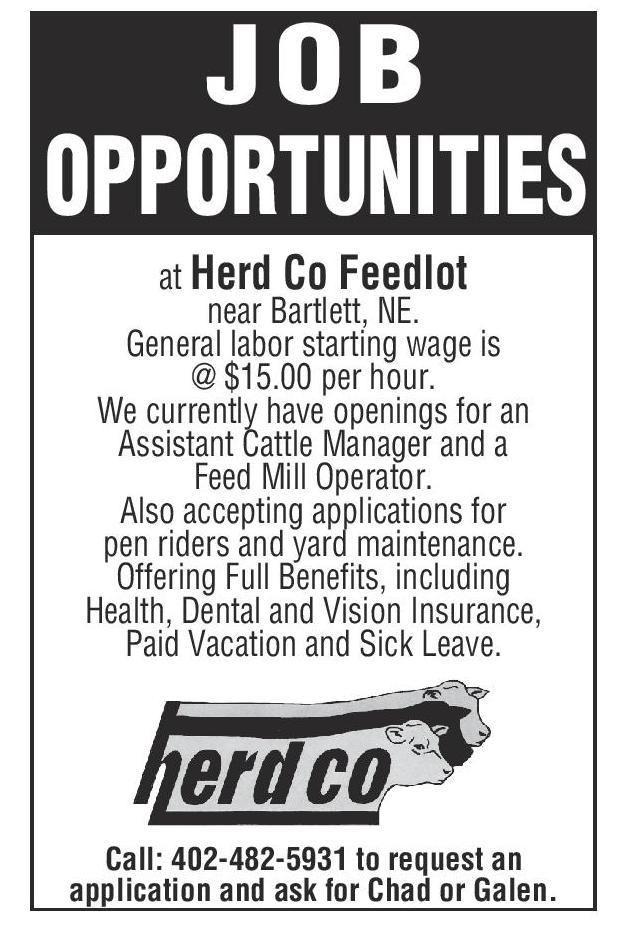



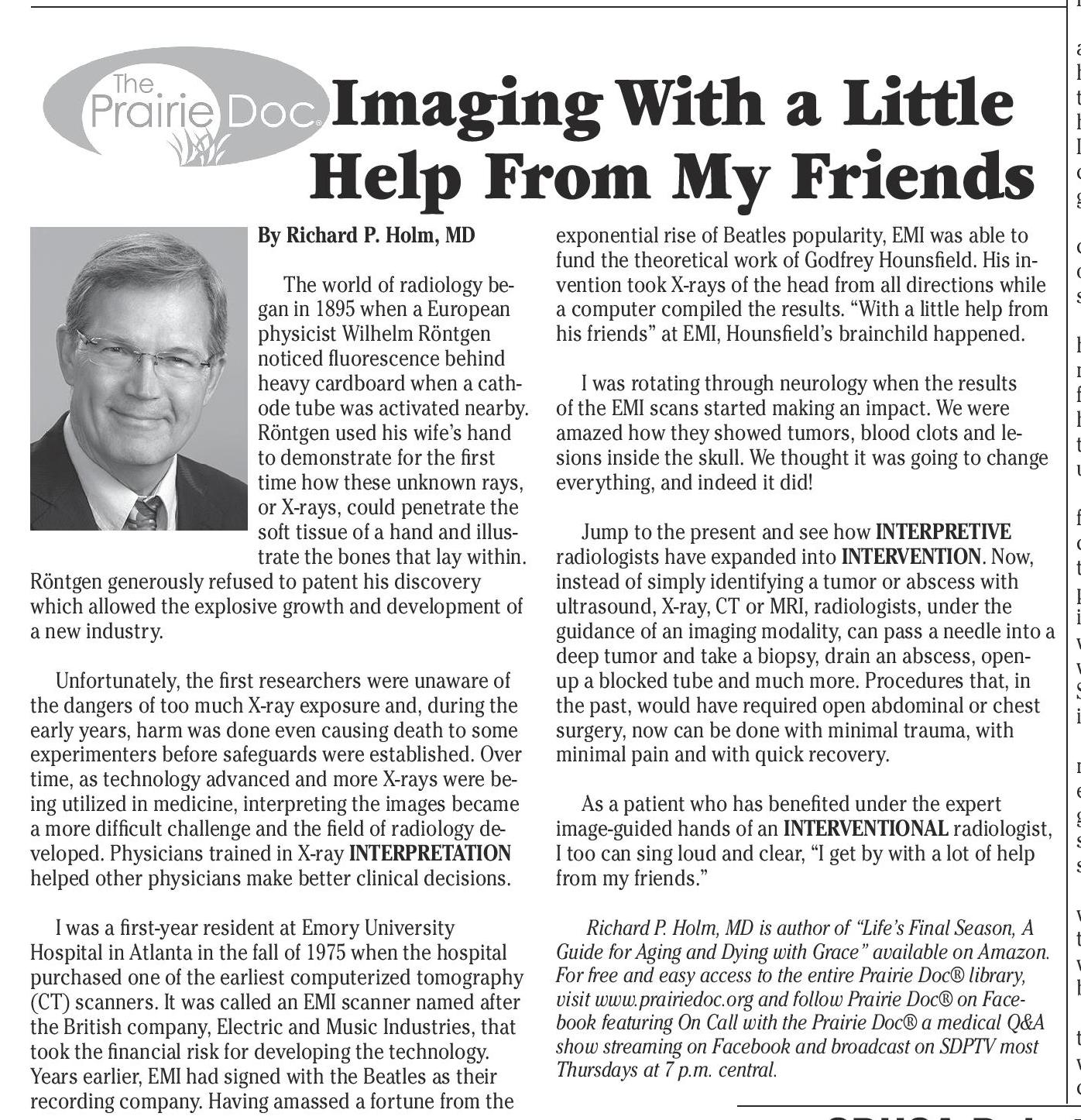

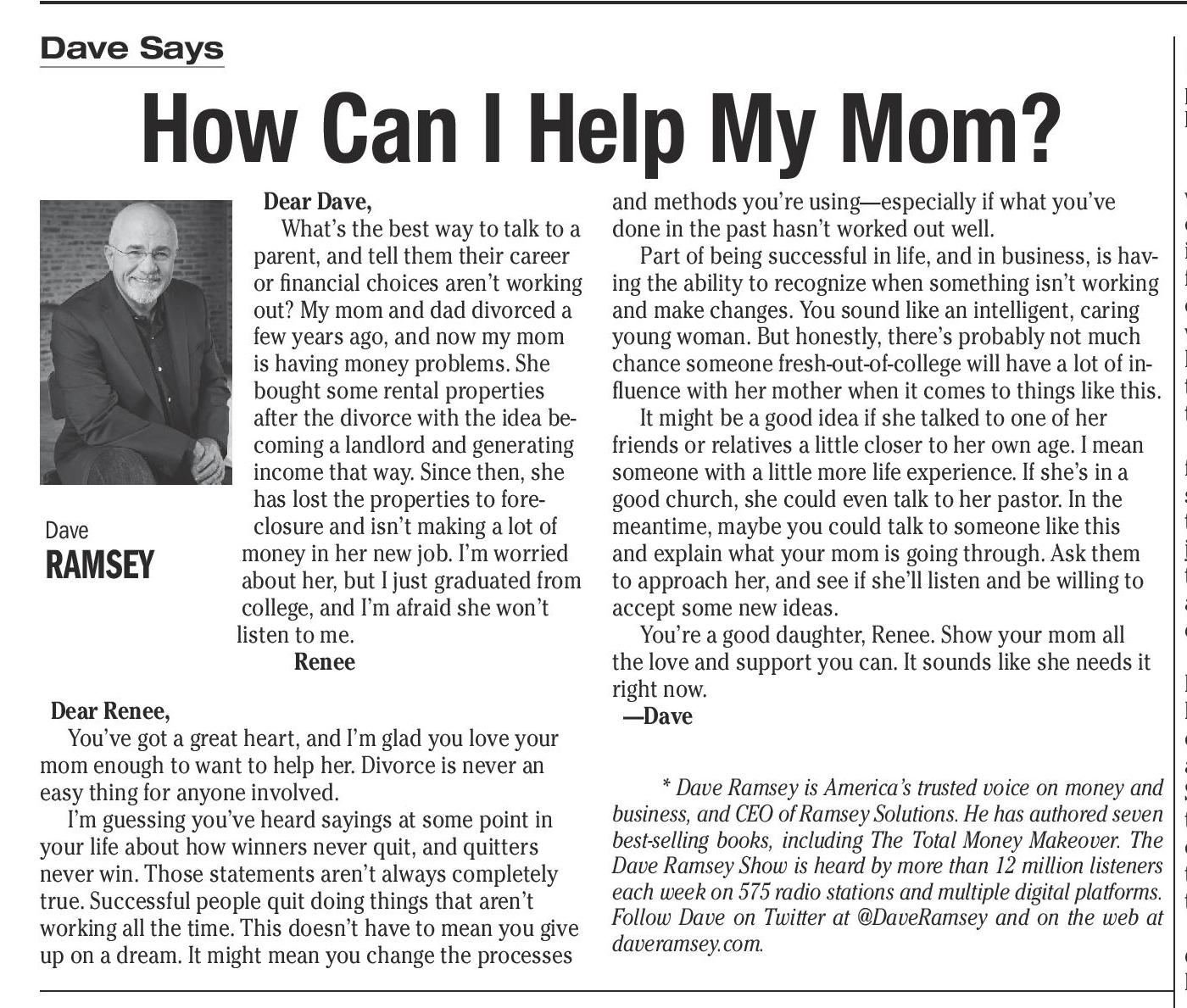


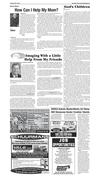
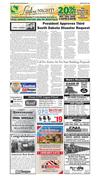
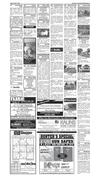
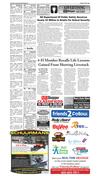
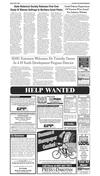
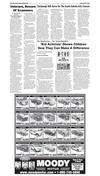
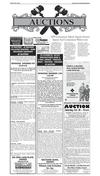
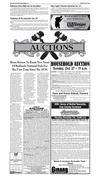

 Previous Page
Previous Page





